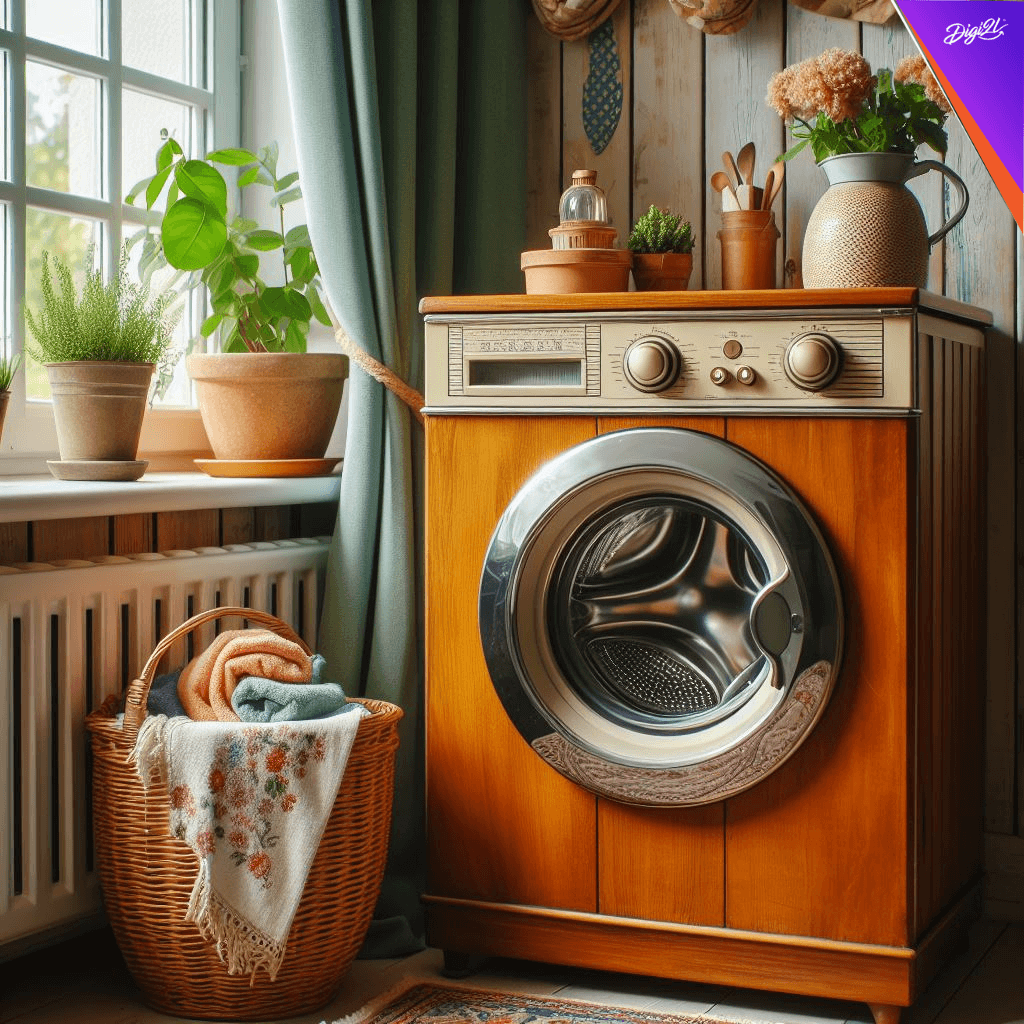
Please Wait ...

Please Wait ...
Enquiry






Curently We are Not Serviceable In this Pincode
91 Springboard, Business Hub, Godrej & Boyce, Gate No. 2, LBS Marg, Vikhroli West, Mumbai, 400079
91 Springboard, Business Hub, Godrej & Boyce, Gate No. 2, LBS Marg, Vikhroli West, Mumbai, 400079
91 Springboard, Business Hub, Godrej & Boyce, Gate No. 2, LBS Marg, Vikhroli West, Mumbai, 400079
91 Springboard, Business Hub, Godrej & Boyce, Gate No. 2, LBS Marg, Vikhroli West, Mumbai, 400079
91 Springboard, Business Hub, Godrej & Boyce, Gate No. 2, LBS Marg, Vikhroli West, Mumbai, 400079
91 Springboard, Business Hub, Godrej & Boyce, Gate No. 2, LBS Marg, Vikhroli West, Mumbai, 400079
91 Springboard, Business Hub, Godrej & Boyce, Gate No. 2, LBS Marg, Vikhroli West, Mumbai, 400079
91 Springboard, Business Hub, Godrej & Boyce, Gate No. 2, LBS Marg, Vikhroli West, Mumbai, 400079
91 Springboard, Business Hub, Godrej & Boyce, Gate No. 2, LBS Marg, Vikhroli West, Mumbai, 400079
Min
Max
₹5,000
₹45,000
Suggested Price







Blogs> Evaporative Cooling: Harnessing Nature’s Refreshing Power

Evaporative cooling emerges as a natural and energy-efficient solution for cooling indoor spaces amidst rising temperatures. This blog explores the concept of evaporative cooling, shedding light on its benefits and practical applications. Operating on the principle of water evaporation absorbing heat from the surrounding air, evaporative coolers, or swamp coolers, utilize this process to create a comfortable indoor environment. With simple components comprising a water reservoir, pump, and fan, these systems pump water onto a cooling pad, facilitating evaporation as the fan draws warm air through the moistened pad. The cooled air is then circulated throughout the space, offering relief from the heat. A notable advantage of evaporative cooling lies in its energy efficiency. Unlike traditional air conditioning systems relying on refrigerants and compressors, evaporative coolers consume significantly less electricity, making them eco-friendly and cost-effective. They excel in dry and arid climates, where low humidity levels enhance the evaporation process, leading to greater cooling efficiency. In addition to its cooling benefits, evaporative cooling improves indoor air quality by circulating fresh air and filtering out dust and allergens. The natural moisture added to the air can alleviate dryness and respiratory discomfort. Moreover, these systems are relatively easy to maintain, requiring simple cleaning and regular water replenishment. However, evaporative cooling does have limitations. It is best suited for open or well-ventilated spaces, relying on the exchange of air between indoors and outdoors. Additionally, its cooling efficacy may be reduced in regions with high humidity levels. In conclusion, evaporative cooling presents an effective and environmentally friendly cooling solution. It offers lower energy consumption, improved indoor air quality, and cost savings, making it a sustainable alternative to conventional cooling methods. By embracing evaporative cooling, individuals can create a comfortable living environment while minimizing their ecological footprint.
As temperatures soar, finding effective cooling solutions becomes paramount. One such solution that has gained popularity is evaporative cooling. This natural and energy-efficient technique offers a refreshing way to beat the heat while minimizing environmental impact. In this blog, we delve into the concept of evaporative cooling and explore its benefits.
Evaporative cooling is based on a simple principle: as water evaporates, it absorbs heat from the surrounding air, resulting in a drop in temperature. This cooling process mimics the way our bodies cool down through perspiration. Evaporative coolers, also known as swamp coolers, utilize this principle to create a comfortable indoor environment.
The basic components of an evaporative cooling system include a water reservoir, a pump, and a fan. Water is pumped onto a cooling pad or media, while the fan draws warm air from the environment and passes it through the moistened pad. As the air flows through the pad, it evaporates the water, reducing the temperature of the air. The cooled air is then circulated throughout the space, providing relief from the heat.
One of the key advantages of evaporative cooling is its energy efficiency. Compared to traditional air conditioning systems, which rely on refrigerants and compressors, evaporative coolers consume significantly less electricity. They do not require complex components or harmful chemicals, making them eco-friendly and cost-effective in the long run.
Evaporative cooling is particularly effective in dry and arid climates, where humidity levels are low. In these conditions, the evaporation process is enhanced, resulting in greater cooling efficiency. However, in areas with high humidity, the cooling effect may be less pronounced, as the air already contains a significant amount of moisture.
Beyond its cooling benefits, evaporative cooling also offers other advantages. It helps improve indoor air quality by circulating fresh air and filtering out dust and allergens. The natural moisture added to the air can alleviate dryness and respiratory discomfort. Additionally, evaporative coolers are relatively easy to maintain, with simple cleaning and regular water replenishment required.
While evaporative cooling is an effective and environmentally friendly cooling solution, it does have limitations. It is most suitable for open or well-ventilated spaces, as it relies on the exchange of air between the indoors and outdoors. Additionally, it may not achieve the same level of cooling as traditional air conditioners in extremely hot or humid conditions.
In conclusion, evaporative cooling harnesses the power of nature to provide effective and energy-efficient cooling. It is a viable alternative to traditional air conditioning systems, offering lower energy consumption, improved indoor air quality, and cost savings. By utilizing evaporative cooling, we can create a more sustainable and comfortable living environment, while reducing our ecological footprint.
So, the next time the temperature soars, consider the refreshing benefits of evaporative cooling and embrace its natural cooling process. Stay cool, stay comfortable, and stay connected to nature’s remarkable solutions!
Image by Freepik

By Digi2L - April 27, 2024

By Digi2L - April 26, 2024

By Digi2L - April 25, 2024